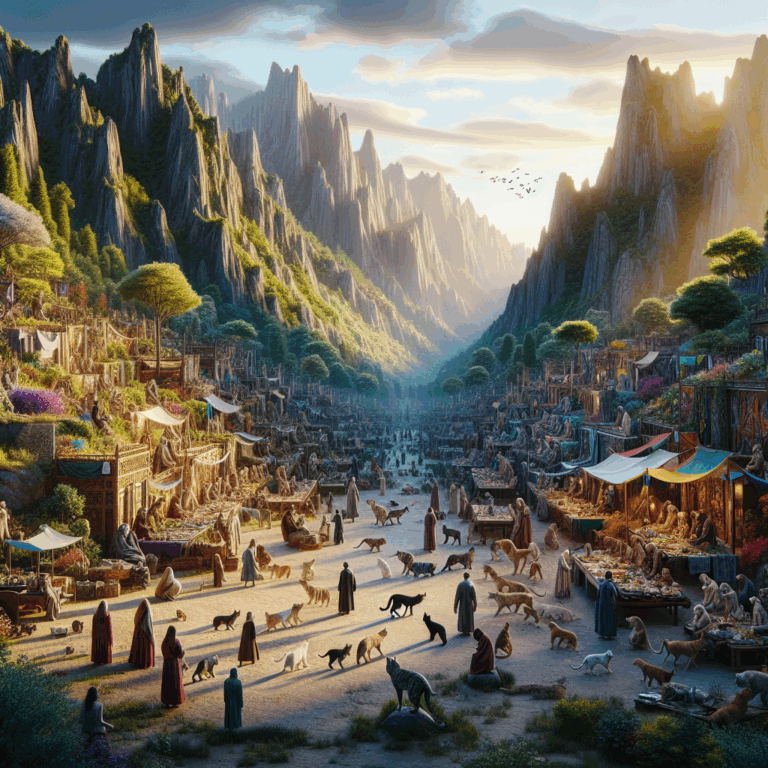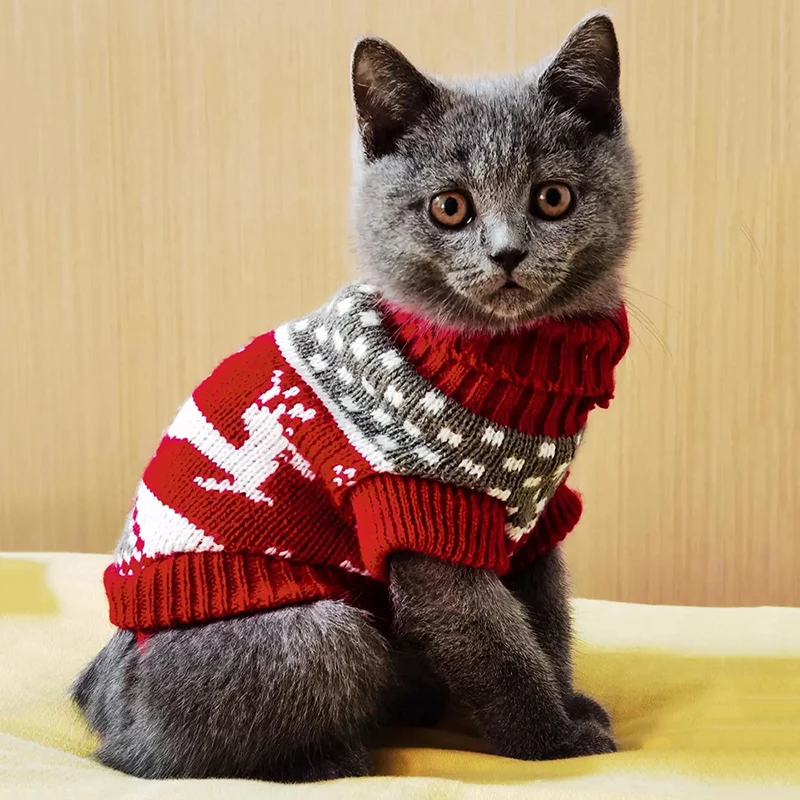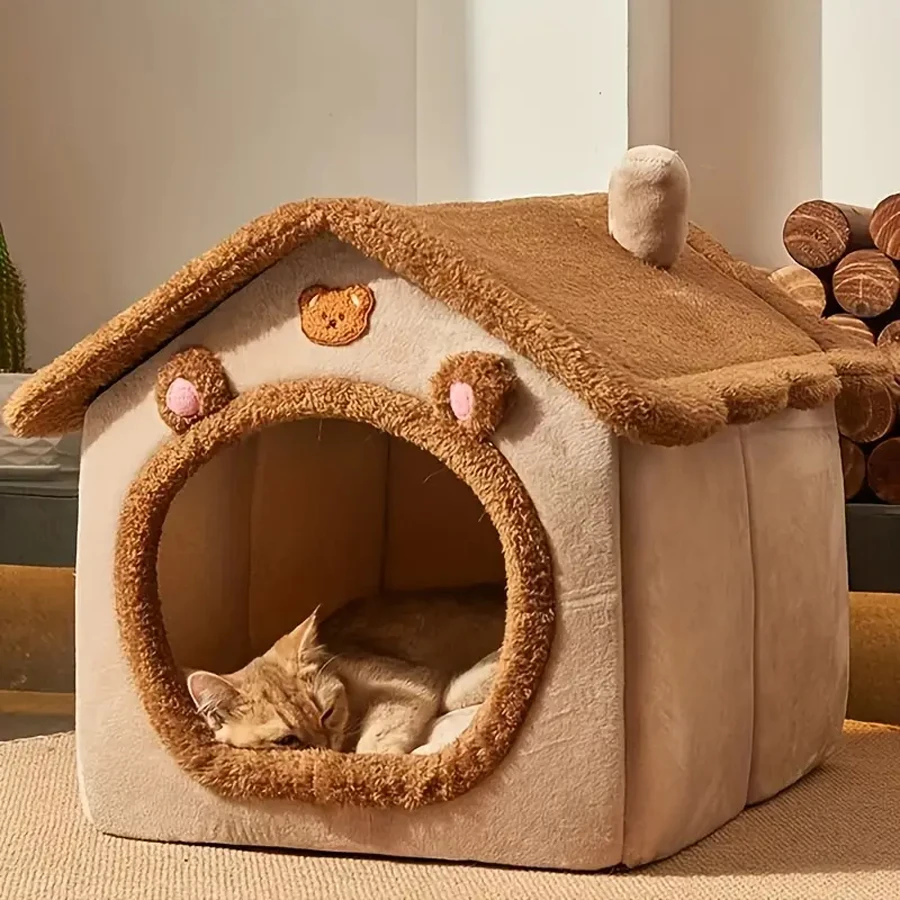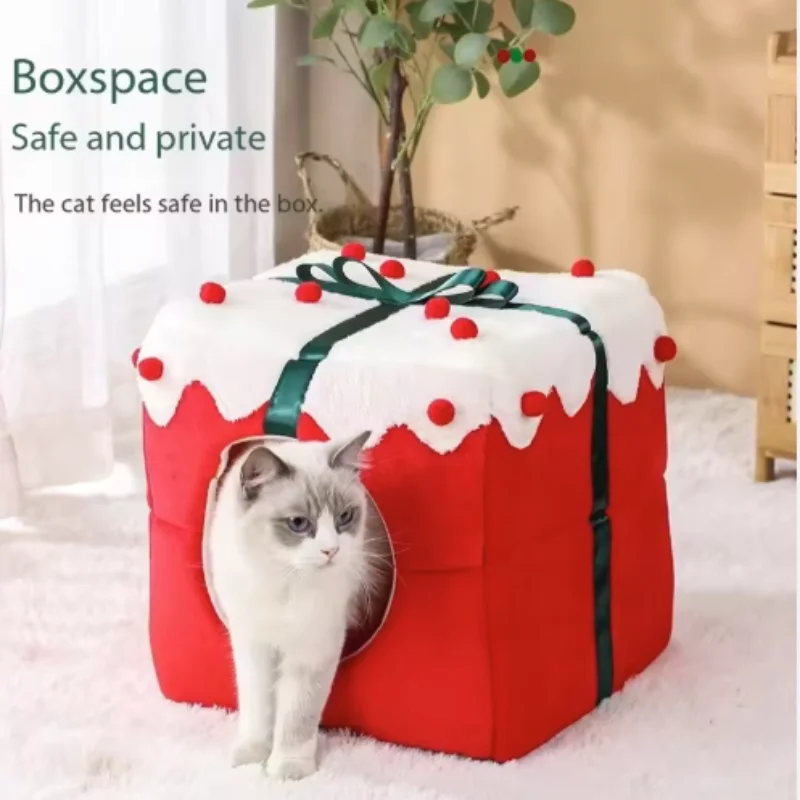The Feline Innovators of Cultural Identity: Cats and Their Influence on Traditions and Heritage
- No Comments
In the tapestry of human history, few animals have woven themselves as intricately into the cultural fabric as the domestic cat. From ancient civilizations to modern societies, cats have not only been companions but also symbols that have shaped cultural identities and traditions across the globe. This article explores the profound and often overlooked role that cats have played in defining and preserving cultural heritage.
The story of cats in culture begins in ancient Egypt, where they were revered as sacred creatures. The goddess Bastet, often depicted as a lioness or as a woman with the head of a cat, was a symbol of home, fertility, and protection. Cats were so cherished that they were often mummified and buried alongside their human counterparts, signifying their importance in the afterlife. This reverence laid the foundation for a cultural identity that celebrated the feline as a guardian of the home and family.
In Japan, cats have long been associated with good fortune and protection. The iconic Maneki-neko, or “beckoning cat,” is a talisman believed to bring prosperity and success. This cultural emblem is omnipresent in businesses and homes, illustrating how cats have transcended their role as mere pets to become symbols of hope and prosperity. Furthermore, in Japanese folklore, the bakeneko, or “monster cat,” captures the imagination with tales of shape-shifting and mystical abilities, demonstrating the deep cultural significance attributed to these creatures.
European cultures, too, have been influenced by the presence of cats. In medieval times, cats were often linked with witchcraft and the supernatural. This association, though negative, highlighted the mysterious allure of cats and their perceived connection to the otherworldly. Over time, this perception evolved, and cats became popular in literature and art, embodying themes of independence and mystery. The cat’s role in European art, from the Renaissance to the modern era, offers a window into changing societal values and aesthetic sensibilities.
Moving to the Americas, the role of cats in indigenous cultures often reflects their adaptability and survival skills. In Native American folklore, cats are seen as cunning and resourceful, traits that are admired and respected. These stories and legends have been passed down through generations, maintaining the cultural identity of communities and their relationship with the natural world.
In modern times, the cultural impact of cats continues unabated, with the internet era catapulting them into global stardom. Memes, videos, and social media accounts dedicated to cats have made them cultural icons, bridging gaps between cultures and bringing people together in their shared love for these enigmatic animals. This digital phenomenon underscores the universal appeal of cats and their ability to adapt to new cultural landscapes while maintaining their timeless allure.
As we examine the role of cats in cultural identity, it becomes evident that these animals are more than just companions; they are cultural touchstones that reflect the values, beliefs, and histories of societies across the world. Whether as symbols of divinity, luck, independence, or creativity, cats have left an indelible mark on human culture, one that continues to evolve and resonate with each generation. As we look to the future, it is clear that cats will remain integral to cultural identity, forever shaping and being shaped by the world around them.

In the tapestry of human history, few animals have woven themselves as intricately into the cultural fabric as the domestic cat. From ancient civilizations to modern societies, cats have not only been companions but also symbols that have shaped cultural identities and traditions across the globe. This article explores the profound and often overlooked role that cats have played in defining and preserving cultural heritage.
The story of cats in culture begins in ancient Egypt, where they were revered as sacred creatures. The goddess Bastet, often depicted as a lioness or as a woman with the head of a cat, was a symbol of home, fertility, and protection. Cats were so cherished that they were often mummified and buried alongside their human counterparts, signifying their importance in the afterlife. This reverence laid the foundation for a cultural identity that celebrated the feline as a guardian of the home and family.
In Japan, cats have long been associated with good fortune and protection. The iconic Maneki-neko, or “beckoning cat,” is a talisman believed to bring prosperity and success. This cultural emblem is omnipresent in businesses and homes, illustrating how cats have transcended their role as mere pets to become symbols of hope and prosperity. Furthermore, in Japanese folklore, the bakeneko, or “monster cat,” captures the imagination with tales of shape-shifting and mystical abilities, demonstrating the deep cultural significance attributed to these creatures.
European cultures, too, have been influenced by the presence of cats. In medieval times, cats were often linked with witchcraft and the supernatural. This association, though negative, highlighted the mysterious allure of cats and their perceived connection to the otherworldly. Over time, this perception evolved, and cats became popular in literature and art, embodying themes of independence and mystery. The cat’s role in European art, from the Renaissance to the modern era, offers a window into changing societal values and aesthetic sensibilities.
Moving to the Americas, the role of cats in indigenous cultures often reflects their adaptability and survival skills. In Native American folklore, cats are seen as cunning and resourceful, traits that are admired and respected. These stories and legends have been passed down through generations, maintaining the cultural identity of communities and their relationship with the natural world.
In modern times, the cultural impact of cats continues unabated, with the internet era catapulting them into global stardom. Memes, videos, and social media accounts dedicated to cats have made them cultural icons, bridging gaps between cultures and bringing people together in their shared love for these enigmatic animals. This digital phenomenon underscores the universal appeal of cats and their ability to adapt to new cultural landscapes while maintaining their timeless allure.
As we examine the role of cats in cultural identity, it becomes evident that these animals are more than just companions; they are cultural touchstones that reflect the values, beliefs, and histories of societies across the world. Whether as symbols of divinity, luck, independence, or creativity, cats have left an indelible mark on human culture, one that continues to evolve and resonate with each generation. As we look to the future, it is clear that cats will remain integral to cultural identity, forever shaping and being shaped by the world around them.








